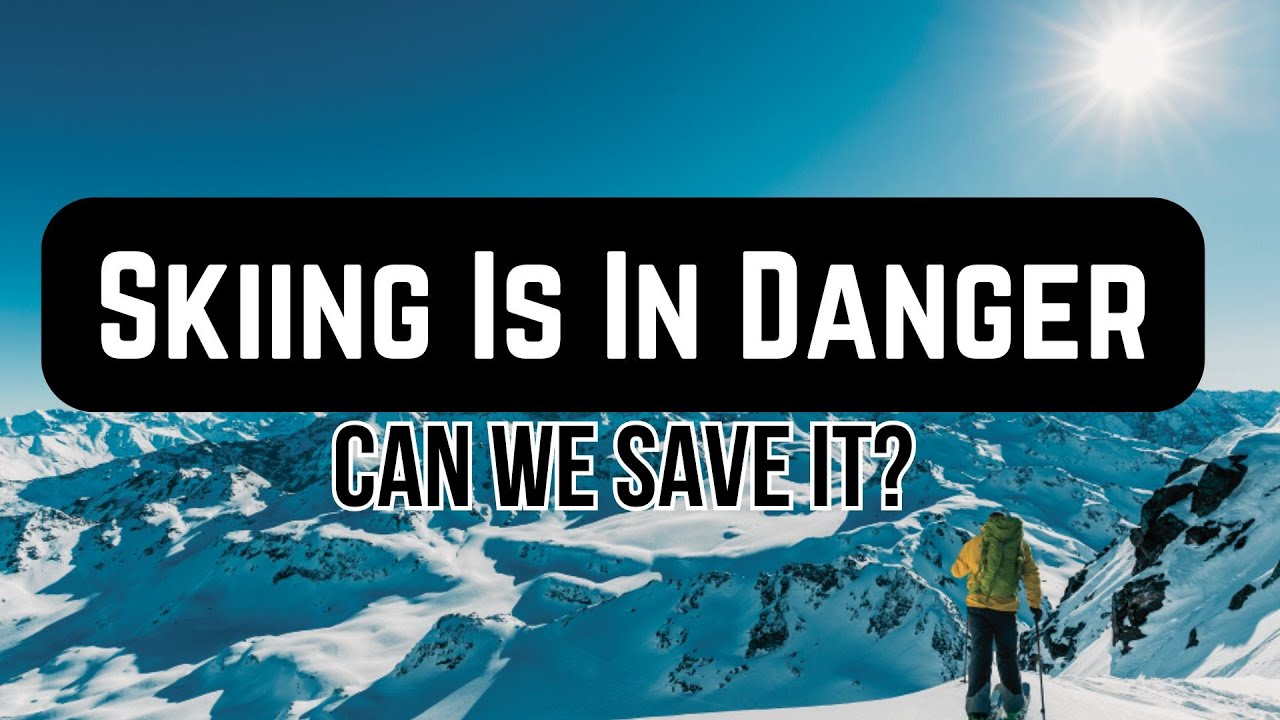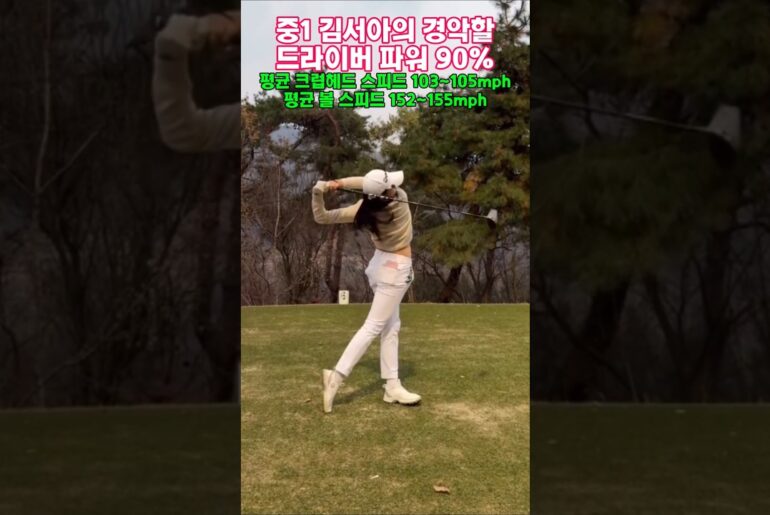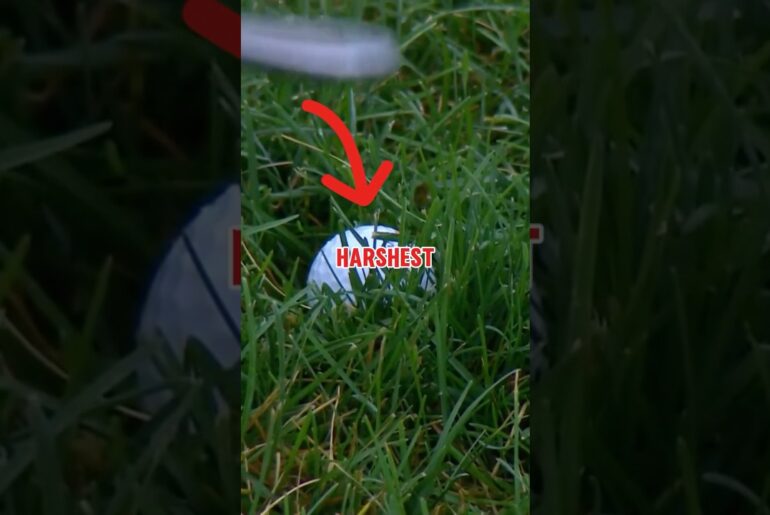The Uncertain Future of Skiing – A Short Film
Why are you here the sub button is up there 🔝
Skiing has always been more than just a sport—it’s a way of immersing yourself in pristine landscapes, forging unforgettable memories, and feeling truly alive on the mountain. But with global temperatures on the rise and weather patterns growing unpredictable, the future of this beloved winter pastime is uncertain. In this video, we examine how the future of skiing can change, and offer some solutions, both short and long term.
Whether you’re an avid skier, a casual observer, or someone who’s simply intrigued by the relationship between recreation and the environment, this video offers a glimpse into a world at a crossroads. Will skiing remain recognizable in the decades to come? Will it shift in ways we can scarcely imagine today? And how might our decisions shape the slopes of tomorrow? Join us to find out—and to consider where this thrilling pursuit goes from here.
Ski Brands I like:
Dynastar: Dynastar is a French brand that specializes in manufacturing skiing equipment. The company was founded in 1963 and has since become well-known for producing a variety of ski-related products, including skis, ski boots, bindings, and other accessories. Dynastar skis are used by both recreational and professional skiers worldwide, and the brand has a reputation for producing high-quality and innovative skiing equipment.
Over the years, Dynastar has introduced various technologies and designs to enhance the performance and functionality of their products. They cater to skiers of different skill levels and styles, offering a range of equipment for alpine skiing, freestyle skiing, and other disciplines. Whether you’re a beginner or an experienced skier, Dynastar provides a diverse selection of products to suit different preferences and needs on the slopes.
Head: Head is another well-known brand in the skiing industry that produces a range of skiing equipment, including skis, ski boots, bindings, and other accessories. The company was founded in the United States in 1950 and has since become a global leader in the sports equipment market.
Head skis are widely used by skiers of all levels, from beginners to advanced and professional athletes. The brand is recognized for its commitment to innovation and technology, often incorporating advanced materials and design features into their products to enhance performance on the slopes.
Head offers a diverse lineup of skis, catering to various skiing disciplines such as alpine skiing, freestyle skiing, and racing. The company has been at the forefront of technological advancements in ski manufacturing, introducing features like Graphene technology, which is a lightweight and strong material used to optimize the skis’ performance.
Atomic: Atomic is a well-known brand in the skiing industry that produces a variety of ski equipment, including skis, ski bindings, ski boots, and other related accessories. Atomic skis are popular among skiers of different skill levels, from beginners to advanced and professional athletes.
Atomic offers a wide range of ski models designed for various skiing disciplines, such as alpine skiing, freestyle skiing, backcountry skiing, and more. The company is known for incorporating advanced technologies and materials into their products to enhance performance, durability, and overall skiing experience.
Specific Atomic ski models can vary from year to year as the company releases new products and updates existing ones. If you are interested in Atomic skis, it’s a good idea to check their official website or consult with a knowledgeable retailer to get information on the latest models and features available.
Ski resort I would love to visit:
Whistler Blackcomb: One of North America’s largest ski resorts, located in British Columbia, Canada, featuring diverse terrain, long runs, and a vibrant village.
Nestled in Switzerland beneath the Matterhorn, offering stunning Alpine scenery and year-round skiing on its glacier.
Chamonix: Located in France, this historic resort is famous for challenging terrain and breathtaking views of Mont Blanc.
Niseko: Renowned for its light, powdery snow and unique tree skiing, located on Hokkaido Island, Japan.
Cortina d’Ampezzo: Known as the “Queen of the Dolomites,” this Italian resort combines stunning views and charming slopes.
St. Anton: A Tyrolean Alps destination in Austria, ideal for advanced skiers with lively après-ski activities
#thefutureofskiing #climatechange #wintersports #globalwarming #skiresorts #artificialsnow #dryskiing #sustainability #ecotourism #outdooradventure #winterwonderland #mountainsports #innovation #extremesports #environmentalawareness #travelvideo #downhillskiing #snowboarding #skiculture #powderdays #saveskiing #protectourwinters #skiindustry #snowfuture #snowlovers #ecofriendly #greeninitiatives #yearroundsports #skivlog #worldofskiing #adventuretravel #alpineskiing #snowconditions #snowsports #futureofskiing #ski #skiingadventure








9 Comments
dry skiing is the future, maybe
buy property higher
I'd have to disagree that mountain biking is cheaper than skiing/snowboarding. Even on the entry level. The bike itself with no gears whatsoever is much more expensive, I got and entry level snowboard with everything, including gears, still much more cheaper. I do agree tho , that resorts should do a year round activity. That's a good solution.
Two things :
1. If costs go up and people can’t afford to go, the resorts will lose their demand and have to cut costs. If prices are going up consistently, it’s because people are still paying the higher costs and thus it’s worth it for the resorts to raise prices.
2. Your worries about snowfall are legitimate, but not anytime soon whatsoever. Sure, high altitude resorts will be increasingly the go-to options, but skiing isn’t going anywhere for a long long time, even at current rates of temperature change.
I feel like some parts were somewhat poorly researched.
1. Artificial snow isn’t full of dangerous chemicals. All artificial snow eventually melts and drains to our water supply, therefore anything except for nucleation sites(tiny particles snow flakes form on) isn’t allowed. You still shouldn’t eat snow and artificial snow is not clean but it’s also not dangerous.
2. Going north doesn’t mean better snow conditions. It depends a lot on geography and a lot less on latitudes. For example, the snowiest country in the world, Japan, is at the same latitude as northern Morocco. People obviously ski in Nordics but skiing there isn’t”world class” both for a lack of tall mountains but also from, surprisingly, not very good snow. It obviously snows there and for them the entire country is covered with snow for the whole winter but it’s less because of high snow totals but more because of excellent retention. It’s so cold that the fair amount that falls stays. For skiing, this means deteriorating conditions throughout the season. For a good destination ski resort (Alps, CO,UT,CA) you need ideally to consistently have some fresh snow every week. Snow degrades even when it’s very cold outside. Both because of skiing and mostly because of the sun.
Bruh can y’all stop giving this guy such a hard time😭
You failed to mention the biggest current threat to skiing: Vail Resorts.
They said it would all be gone by 2020. Another alarmist piece for clicks. Snow in Japan this year is massive. Europe resorts I’ve been to have had fantastic snow.
Saying people can’t afford snow holidays. There’s plenty who can.
Maybe there is too many resorts and cutting back would be good.
It’s not the end of skiing
Gulf stream will stop soon enough, and Europe will get much colder. (Skiing) Problem solved.